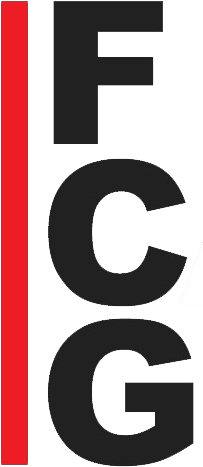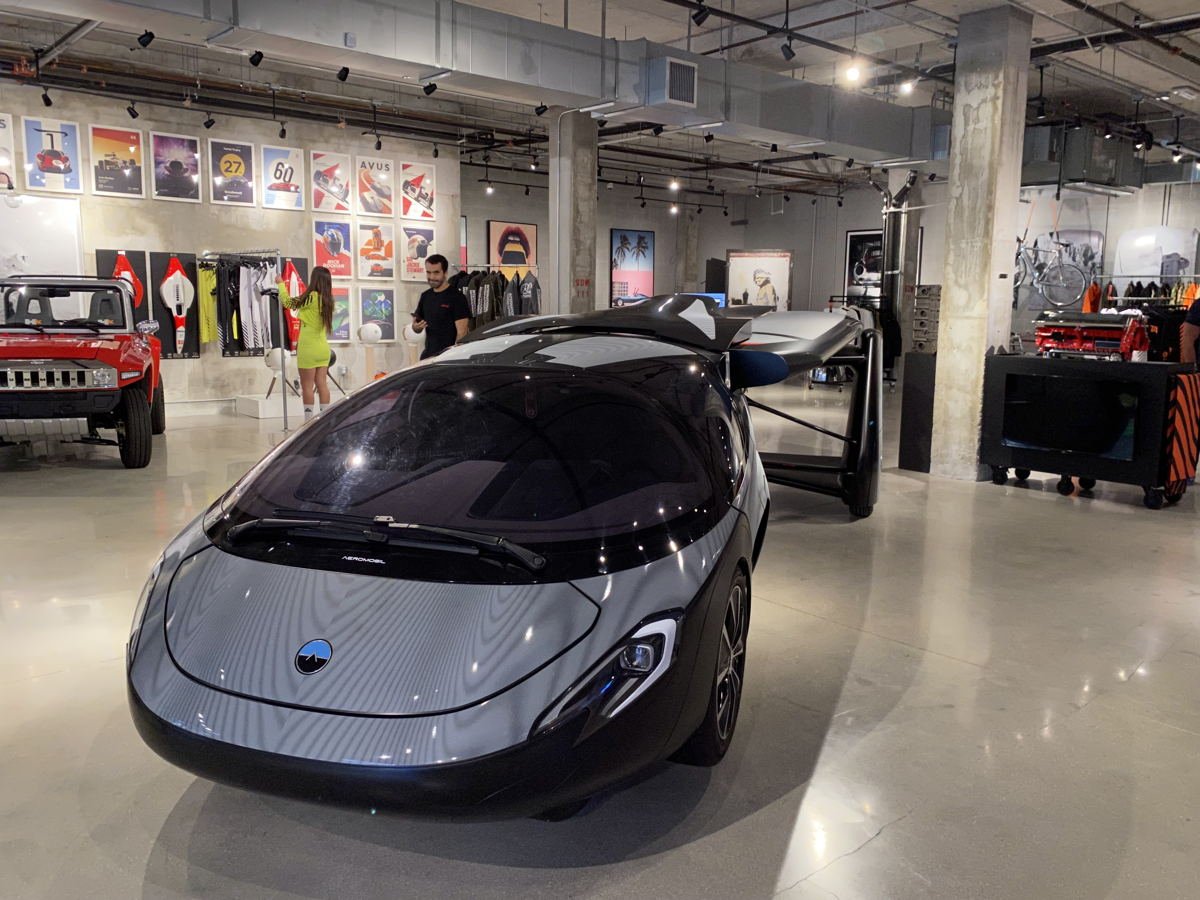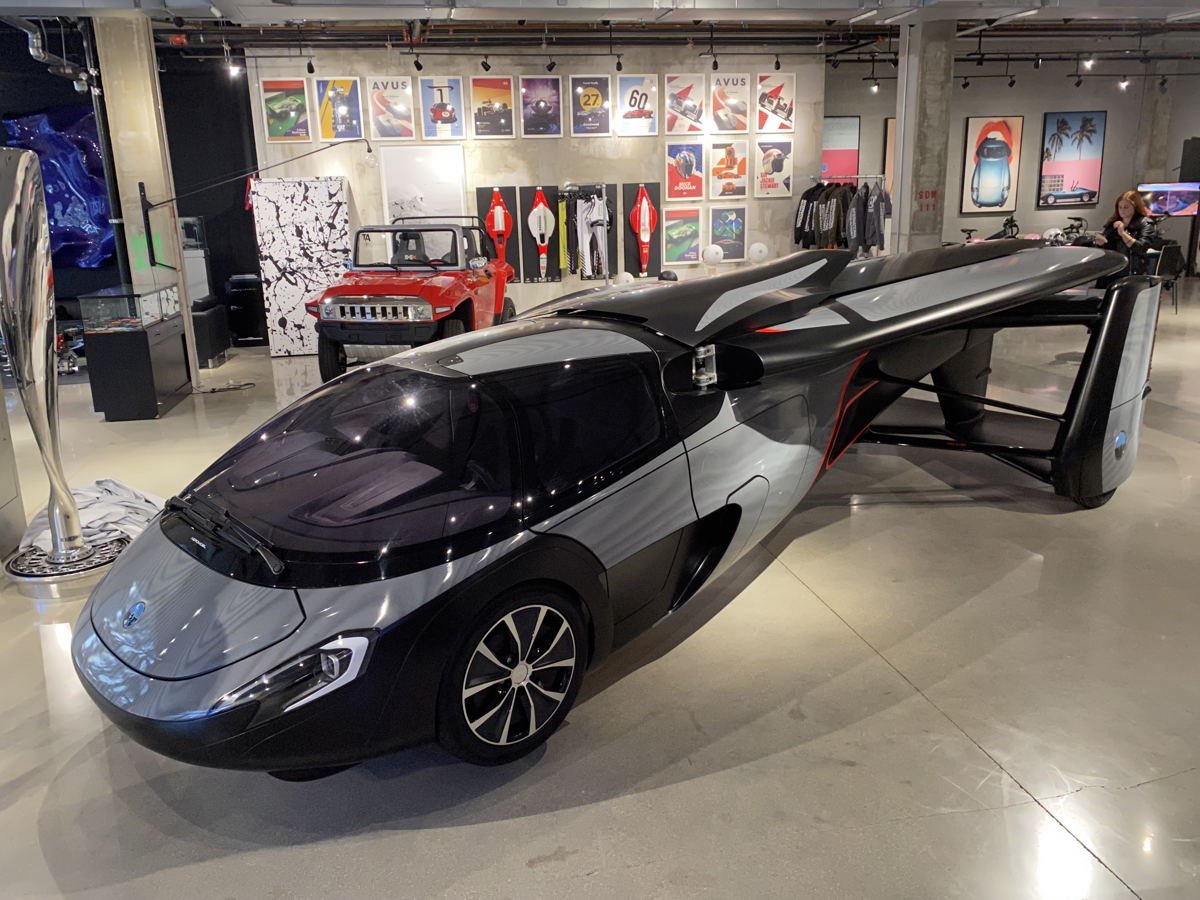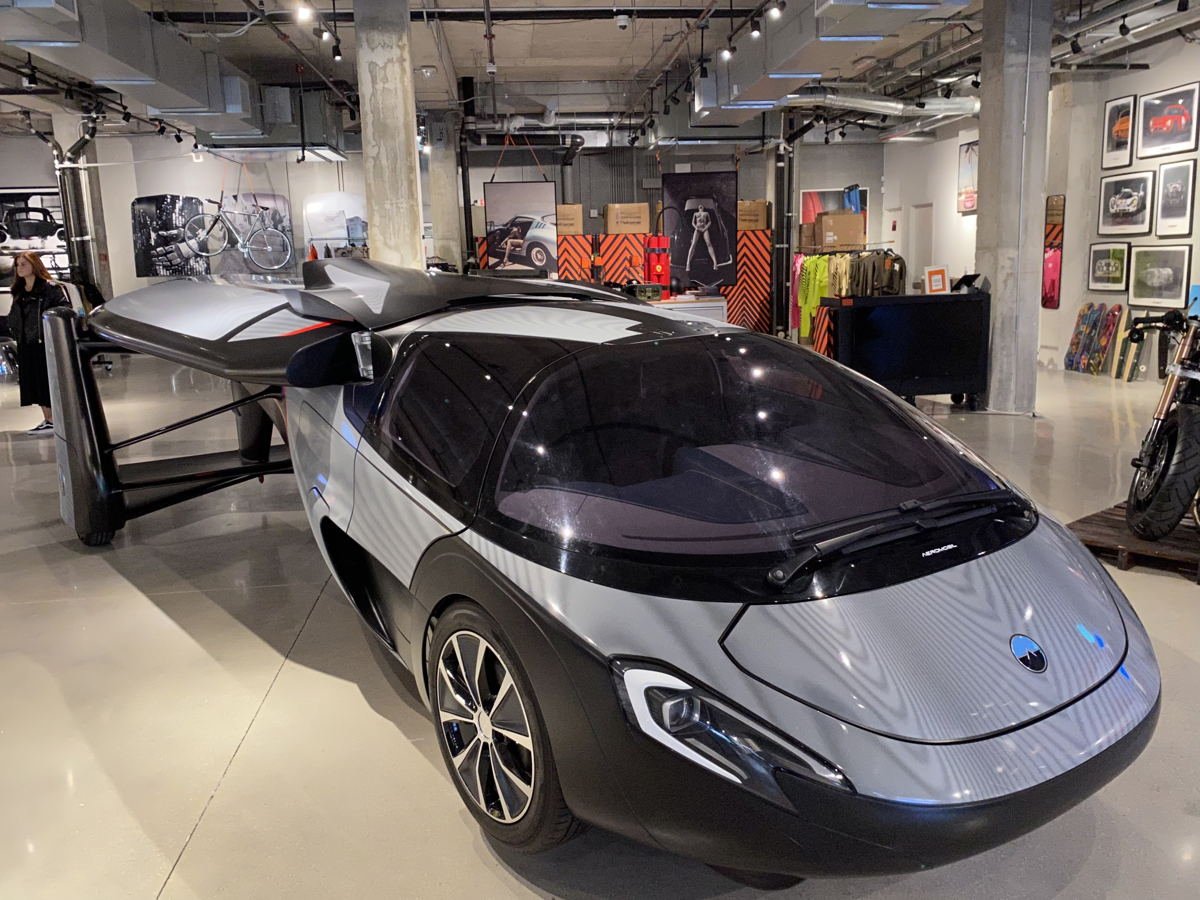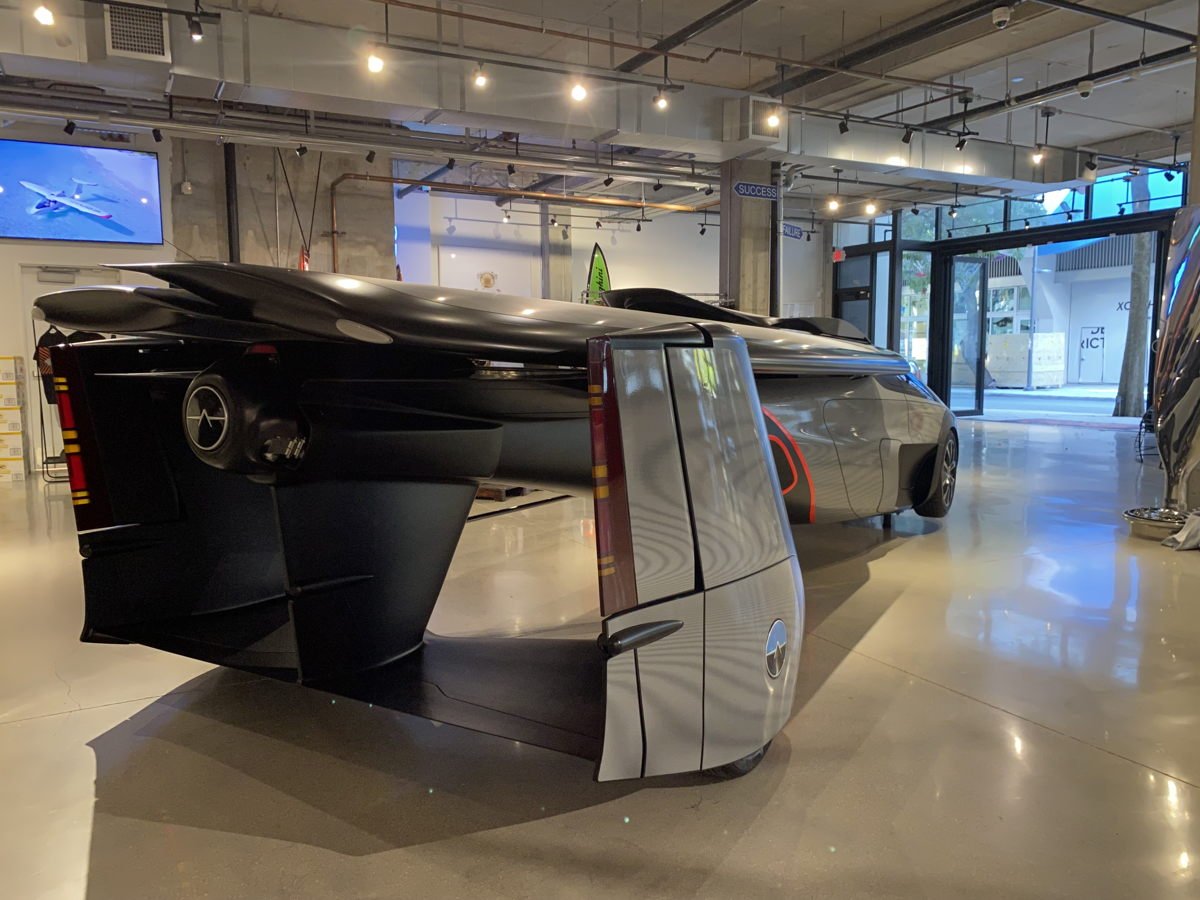Canadian Project Arrow EV hits target at CES 2023 | Driving
Unique, made-in-Canada all-electric SUV a showcase of country's technological and manufacturing prowess
Unique, made-in-Canada all-electric SUV a showcase of country's technological and manufacturing prowess
eLeapPower Integrated Inverter System Launches at Scale with Chery Automobile
eLeapPower, a Canadian technology company supporting the global growth of electric vehicles with innovative e-drive and charging solutions, announced today that its new integrated inverter system will be used by Chery Automobile Co. Ltd. in China to help power its best-selling line of fully-electric commercial vans starting in 2023.
TORONTO, Jan. 4, 2023 /PRNewswire/ -- eLeapPower, a Canadian technology company supporting the global growth of electric vehicles with innovative e-drive and charging solutions, announced today that its new integrated inverter system will be used by Chery Automobile Co. Ltd. in China to help power its best-selling line of fully-electric commercial vans starting in 2023.
eLeapPower's Integrated Inverter System addresses key barriers to mass commercialization electric vehicles including insufficient range, high cost, and lack of robust charging networks. eLeapPower's technology will enable Chery's electric commercial vans to reduce battery charge time and vehicle weight while increasing range.
"Our Integrated Inverter eliminates the need for a heavy and expensive onboard charger and leverages the powerful winding and magnetics inherent in the motors of electric vehicles to manage the AC to DC power conversion to the battery," said Tony Han, eLeapPower founder and CTO. "This delivers a quicker charge than traditional systems today, and improved vehicle range for city driving."
The patented architecture is an 800V system, which uses readily available 400V components. The Integrated Inverter also enables charging directly from renewable power sources and DC microgrids opening the path to truly green EVs. It also offers built-in redundancy features as well as fully integrated, bidirectional charging for both AC and DC.
"eLeapPower's Integrated Inverter is compatible with nearly every motor, battery, electric vehicle and existing charging infrastructure," said Russell Pullan, eLeapPower CEO. "We're starting with vans because the integration is simple, and the total cost of ownership is a critical buying decision for fleet owners. Using our Integrated Inverter results in significant savings in cost, weight and space."
Designed to be a cost-effective, scalable, drop-in solution, eLeapPower's Integrated Inverter uses components readily available, enabling EV manufacturers to simplify their propulsion system and significantly reduce weight, maximize space, and save production costs. It can charge from both 400V and 800V chargers and transfer power from the vehicle back to the grid, a feature that will help shape society's future energy infrastructure.
Partnership Growth
eLeapPower is also collaborating with India-based Pinnacle Mobility Solutions to integrate its technology into electric transit buses. Pinnacle owns electric bus manufacturer EKA, producer of the E9, India's first indigenously developed electric bus.
Plans include building prototypes of eLeapPower's Integrated Inverter to be integrated into the powertrains of Pinnacle's electric buses, implementing eLeapPower's bidirectional charging capability and facilitating the charging of electric buses from renewable energy sources and fleet vehicle depot microgrids.
Other partnerships include collaborations with HASCO Automotive Systems Co. focused on product testing and manufacturing, and Linamar Corp. focused on supply chain, purchasing and design for manufacturing support to help facilitate the production of eLeapPower technology.
About eLeapPower
eLeapPower is a Canadian startup growth-stage technology company that is supporting the global growth of electric vehicles with innovative eDrive, electric propulsion technologies and power conversion solutions. It has developed a suite of over 50 patented technologies to provide advantages for driving and charging performance.
eLeapPower works closely with research institutes, utilities, logistics companies and Tier1 automotive parts suppliers to electrify commercial fleets and passenger vehicles. These initiatives will enable the company to establish its brand and add technologies to its Integrated Inverter platform, leading to new strategic partnerships within the automotive sector. It is eLeapPower's goal to make electric vehicles more accessible and accelerate the adoption of EVs for commercial use, helping drive us to a low-carbon economy. For more information, visit www.eLeapPower.com.
The bi-directional bonus for EVs
Bi-directional charging is a value-added feature that seems certain to help accelerate EV adoption.
Bi-directional charging is a value-added feature that seems certain to help accelerate EV adoption.
Although other automakers have talked about the potential for electric vehicles (EVs) to use their increasingly powerful batteries for purposes beyond propelling the vehicle, it was Ford that brought the capability known as bi-directional charging to prominence when it revealed details of its F-150 Lightning last May. A subsequent high-visibility marketing campaign dramatically showed the Lightning using its bi-directional charging capability to power a sizeable home during a power outage.
Now, just months before the Lightning hits dealer showrooms, the outsized response to the Lightning – Ford has twice doubled the truck’s projected annual production volume to a current 150,000 units – and the gee-whiz nature of its Intelligent Backup Power capability may accelerate the industry’s march toward bi-directional charging as a standard feature for most EVs. Although there is specific hardware and software required on both sides of the charging cable to derive the benefits of the so-called vehicle-to-grid (V2G) capability, , none of it requires a deal-breaking investment for either OEMs or consumers. And fast-moving innovations in onboard power electronics – particularly the vital AC/DC inverters that are at the heart of bi-directional capability – promise to reduce costs and broaden possibilities.
“I think every electric vehicle, eventually, will be bi-directional capable – it's really only a matter of time,” maintained Matt Londre, president of Willow Glen Electric and regional leader of Northern California for Qmerit, which manages a national network of certified electricians that help ensure EV buyers receive safe, reliable home-charging installations. Qmerit currently collaborates with Ford, GM, Audi, BMW, Lucid, Rivian, Volvo and Mercedes-Benz as a preferred installer of home chargers.
“Once the F-150 Lightning comes out with it, kind of bringing the bi-directional capabilities even more mainstream,” Londre added, “it's going be a very large and popular thing. Almost ‘table stakes.’”
Unlocking EV value
The potential to use an EV’s onboard battery energy presents opportunities to help maximize the vehicle purchase, said Ryan O’Gorman, Ford electric vehicle manager, Strategic Partnerships, in an interview with SAE Media. “I think this is probably the most game-changing product for our customer in the way of mobility – because it goes beyond mobility. It's just going to be really cool to see how customers use it; it'll be really exciting to see it market.”
Ford set an alluring benchmark for the Intelligent Backup Power system: power the entire electrical needs of the “typical” home for three days. Estimates vary regarding a typical home’s daily usage, but Ford press material mentioned an “average of 30 kWh per day (this estimate likely is conservative, particularly in unusually hot or cold weather). “You'll hear about the extreme power outages people will bring up where they've been out for a week or two weeks or something like that. But for the majority of power outages, three full days is going to cover it,” O’Gorman said.
Ford will be the first mainstream automaker to offer bi-directional charging to consumers when the F-150 Lightning will start arriving in showrooms in mid-2022. The company is confident enough that Intelligent Backup Power is such a compelling “bonus” feature of ownership that it’s structured an intriguing go-to-market strategy: Every customer who opts for a Lightning with the extended-range battery (estimated max driving range of 300 miles/483 km) will receive the 80-amp Charge Station Pro, the Level 2 home charger required for Intelligent Backup Power, included in the purchase. The Lightning’s lower-level chargers input into the 400V vehicle system at 48 amps or 32 amps.
O’Gorman explained that onboard Intelligent Backup Power capability is enabled through the inverter and associated power electronics, which channels the battery pack’s DC power through the charge cord, “then it's provided to an inverter that's external to the Charge Station Pro installed in the house. That inverter then takes the DC power that's come from the battery, converts it to AC and plumbs that into your main panel, effectively,” he said. On the home side, the wiring would include a transfer switch and a critical-loads panel that O’Gorman said might be standard with a backup installation. Typically, the inverter allows 9.6 kW of flow into the residence, he said.
Lightning pickup buyers who choose the standard-range battery (230 miles/370 km max driving range) also can install the Charge Station Pro and get Intelligent Backup Power, O’Gorman added. The only substantive difference, he said, is that pickups with the standard-range battery don’t have the dual onboard chargers (19.2-kW total) fitted to extended-range models, meaning the maximum recharging rate is 9.6 kW.
Because electrician labor and other costs vary widely, O’Gorman said he’d prefer not to speculate on installation costs. Ford has selected established nationwide solar/electrical installer Sunrun as its installation partner for Intelligent Backup Power, although the customer is free to choose another installer, he added. “We're not force-feeding the customers anything, we're leaving it to them to take the best path. But we are providing really good resources to make it easy. So, it should be relatively painless,” he said.
The Charge Station Pro, like nearly all other home chargers, uses the SAE standard J1772 combined charging system (CCS) connector, which was presciently designed to enable bi-directional power flow for both AC and DC current. Londre from Qmerit, which is the preferred installer for the bi-directional Connected Home Charging Station offered by Lucid Motors for its ultra-premium Air sedan, said that in addition to nearly all home chargers incorporating bi-directional capability, the industry could evolve like the mobile phone sector, with just a few manufacturers taking the lead.
“If there's a company making a fantastic charger, let's standardize on that one. And let other companies also try to find some amazing ways to differentiate their chargers,” he asserted. “Right now, if you can offer bi-directional charger in your charger, like the Lucid Connected will offer, that is one of the best product differentiators I've ever heard of in my career.” And powering the home is just one trick in bi-directional charging’s repertoire.
Londre forsees “many options in the future with powering the house, with powering your neighborhood, with powering the grid for everybody around. “In the future, I anticipate there being a time when, rather than paying 50 bucks at a garage, at airport long-term parking, they'll be paying you 50 bucks a day for access to your battery for the week when you're gone.”
Others quickly joining
That was the vision at Nissan, being one of the earliest players in the contemporary EV market with its groundbreaking Leaf, introduced in 2010. As early as 2015, Nissan was engaged with demonstrations of vehicle-to-grid bi-directional charging as a load- and cost-balancing solution. In 2018, the company initiated a pilot program in which the Leaf was grid-connected to help manage power at its headquarters in Franklin, Tenn. and its design center in San Diego. A similar pilot program, on a fleet scale, was in installed in Europe.
And in January, 2022, Volkswagen announced that all models in its new ID model range with 77 kWh battery packs will be built with bi-directional charging capability – and over-the-air (OTA) software updating will enable the function for “vehicles already delivered, as well.” The company said a specific home charger will be required and it was unclear whether or when the bi-directional charging capability would be available in the North American market. The CEO of Rivian, another premium EV maker, also has said Rivan vehicles will at some point offer bi-directional charging. It seems inevitable that more are soon follow to that point at which Qmerit’s Londre believes the feature effectively will be standard.
The onboard essentials
Although there are certain equipment requirements on the home side of the charging cable, the necessary hardware to make an EV bi-directional-capable is limited largely to equipment that already is required, specifically the inverter. As demonstrated by Volkswagen’s intent to enable the function strictly through a software update, it appears that in many situations, little about an inverter’s silicon platform need be altered to impart bi-directional charging functionality.
Moreover, inverters and other EV power electronics are rapidly evolving. Electronic-components suppliers such as BorgWarner, Bosch, Continental and ZF are turning to innovations such as silicon-carbide (SiC) and gallium-nitride (GaN) power and field-effect transistors (FETs) and semiconductors promise substantial near-term performance and efficiency upgrades – and perhaps cost reductions on a systems basis.
One startup, eLeapPower, which spoke with SAE Media about bi-directional charging, said its pending Smart Inverter System is “a really powerful, very differently configured inverter,” according to CEO Russell Pullan. With investor funding that includes a multimillion-dollar, multiyear award from the Bill Gates’ Breakthrough Energy, as well as funding from Natural Resources Canada. The Smart Inverter System uses the capabilities of the EV’s traction motor and other hardware to, among other things, eliminate the need for an onboard charger, which Pullan calls a serious EV system energy “bottleneck.”
Pullan also said his is the only system the company is aware of that can take DC power directly into the inverter. “Fleets who have their own solar power on site can now make their fleets completely green.” He said the technology currently is going into trials in Canada and is slated for production with a Chinese commercial-vehicle partner in 2023. He said the technology is open to potential advances from SiC and GaN semiconductors, depending on a customer’s cost requirements.
And at CES 2022, ZF announced a new scalable and modular e-motor inverter architecture that can be used in powertrain systems ranging from 400V to 800V. Critically, the inverter features architecture that isn’t dependent on predefined semiconductors, the company said. The next-generation inverter, called the Modular eDrive Kit, "[optimizes] the link between the power semiconductor boundary conditions and control software in order to gain the full potential from the semiconductor configuration," ZF said, particularly when employing SiC chips.
ELEAPPOWER CLOSES $21 MILLION SERIES A ROUND TO SOLVE ELECTRIC VEHICLE PAIN POINTS
eLeapPower is one of a growing number of Canadian startups tackling the EV space.
Toronto-based startup eLeapPower has secured $21 million CAD in Series A financing to fuel the commercialization of its electric vehicle (EV) tech.
The cleantech firm’s all-equity Series A round, which closed in September, was eLeapPower’s first institutional capital raise. The round was led by BDC Capital’s Cleantech Practice and a consortium of pension funds, including the pension trust funds for the Electrical Industry of Ottawa and Quinte St. Lawrence Electrical Workers.
Ahead of a looming EV boom predicted to hit by 2030, eLeapPower has positioned itself to address some of the industry’s biggest pain points—range, charging speed, and manufacturing cost.
“As the global automotive industry ramps up for an electric future, we have completely reimagined the electric vehicle powertrain,” said Russell Pullan, eLeapPower’s CEO. “eLeapPower’s innovative design allows vehicles to go farther and charge faster, with significant cost savings for vehicle manufacturers.”
Pullan added that, “unlike existing technologies, eLeapPower is a new system to allow direct charging from renewable energy—enabling electric vehicles to be truly green.”
Founded in 2016, eLeapPower aims to make EVs more accessible and accelerate their adoption for commercial use through its suite of patented electric vehicle (EV) technologies.
According to the startup, its powertrain solution optimizes EV battery performance, reduces charging time, and works across manufacturers, vehicle types, motors, and batteries. eLeapPower’s technology eliminates the need for on-board chargers and leads to lower manufacturing costs.
“eLeapPower’s smart inverter technology will accelerate the transition to electric vehicles by addressing range anxiety and simultaneously reducing the cost of the vehicle and charging infrastructure,” said Zoltan Tompa, managing director of BDC Capital’s Cleantech Practice. “We are pleased to support the commercialization of this key enabling technology and eLeapPower’s international expansion.”
The Toronto-based company is just one of a growing number of Canadian cleantech startups that have popped up to address some of the challenges faced by the EV sector. The list includes companies like Mangrove Lithium, Moment Energy, and FTEX.
With its latest round, eLeapPower has raised a total of $32.6 million CAD to date, including non-dilutive funding in the form of government grants and awards.
eLeapPower plans to use the fresh capital to accelerate its production and global growth. The startup has inked an initial contract with an undisclosed global automotive manufacturer based in China, which plans to use eLeapPower’s smart inverter technology to drive its line of commercial EVs.
“This commercial raise is being used to speed up our route to market, quite literally—to help us get to tens of thousands of our units on the road as quickly as possible,” Pullan told BetaKit.
The startup has already used some of the proceeds from its Series A round to open an engineering centre in Shenzhen, China as it looks to meet the needs of these customers.
eLeapPower has focused its initial efforts on small commercial vehicles, but Pullan said the startup also intends to expand its discussions with other vehicle manufacturers in the hopes of introducing its tech to buses, trucks, pickup trucks, and passenger vehicles.
AeroMobil Flying Car presented at Art Basel Miami
Focus Capital Group portfolio company, The AeroMobil Company (www.aeromobil.com), announced the presentation of the world’s first flying art car in Miami during Art Basel Miami at TheArsenale.
Focus Capital Group portfolio company, The AeroMobil Company (www.aeromobil.com), announced the presentation of the world’s first flying art car in Miami during Art Basel Miami at TheArsenale (www.thearsenale.com) in Miami’s Design District.
This was the first time that The AeroMobil Flying Car was presented in the US. To date, the AeroMobil vehicle has also been presented internationally in Europe (Monaco, Paris, London, Brussels and Vienna) and Asia (Shanghai).
Patrick Hessel, CEO of AeroMobil, stated:
“Never before in history have the lines between art, automotive, and aeronautics been so aesthetically blurred. Part visual art, part performance art, the AeroMobil flying art car is the celebration of a movement that transcends time, space, and ordinary descriptors. I am proud the AeroMobil finally arrived in the US during Art Basel Miami.”
Patrice Meignan, Founder of TheArsenale said:
“All my life I have been obsessed about air mobility and art. This first art flying car is a complete masterpiece celebrating my main passions. I am extremely glad to welcome here at TheArsenale during Art Basel one of the most impressive flying car on the market and wish them good luck on the air and on the ground.”
Photos courtesy of AeroMobil & Art Basel, 2021.
For more information & media coverage: https://press.aeromobil.com/
